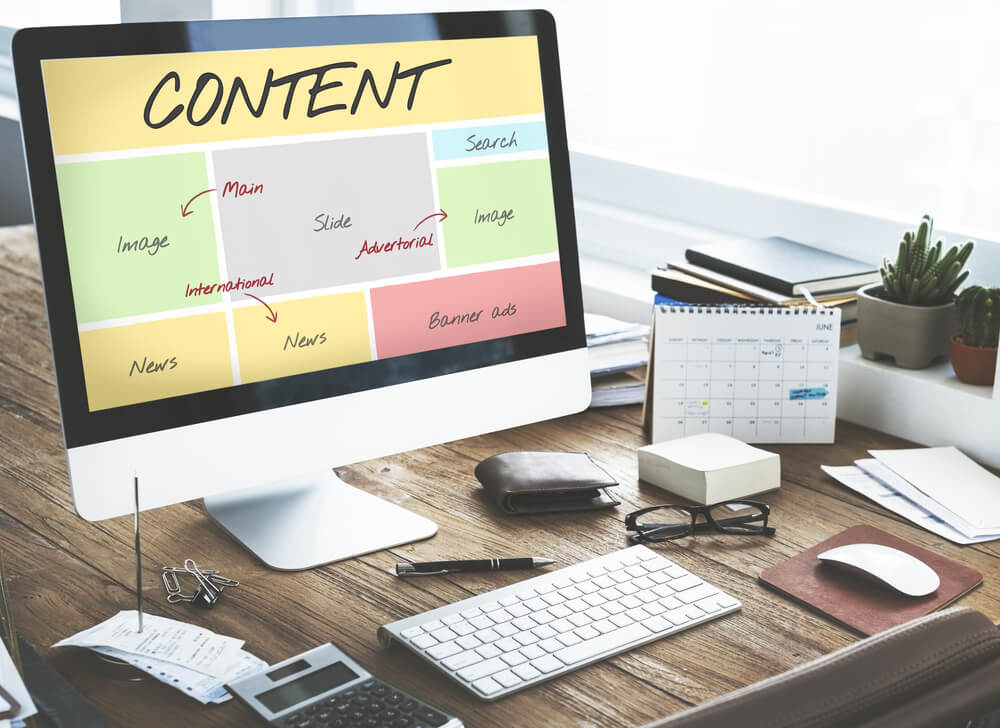
Choosing the Right Frequency for Email Marketing Campaigns
One of the biggest challenges when it comes to deciding upon frequency for your email marketing campaigns is striking the right balance between too many emails and too few. Your leads are already inundated with messages, so to capture their interest, your campaigns must go out at the right time. This means often enough to be recognizable but not so often that people get sick of you. So how can you settle on the sweet spot? Keep reading to find out!
Avoiding Email Overload
Once your email campaigns start gaining traction, it’s tempting to boost the frequency. With an engaged audience, more is better, right? Unfortunately, not always. As soon as you push your campaign frequency beyond your audience’s preferences, you risk a plummeting open rate. Or worse, a bunch of spam reports.
Digital marketing agency SearchUser learned this the hard way. They were managing the email strategy for a client who enjoyed 50% open rates on their bimonthly campaigns. Given this success, SearchUser and their client decided to increase the campaign frequency — and their open rate dropped to 40%.
While this wasn’t a terrible open rate, they were rightfully concerned about the drop. What happened?
Email Audiences Are Fickle
In a survey conducted by TechnologyAdvice, more than 45 percent of respondents said the reason they marked emails as spam was “[The brand] emailed too often.” This finding may come as a surprise. If people opted into your list, don’t they know it’s a legitimate campaign? Why would they mark it as spam?
It’s important to remember that to the average user, “spam” simply means unwanted email. As soon as your brand starts sending messages that your audience doesn’t find valuable, one or both of the following things will happen:
- They experience email fatigue, in which they feel overwhelmed by the number of messages you send.
- They perceive a lack of relevancy to their needs, so they lose interest.
The result? They unsubscribe, and they may mark your email as spam as well. This hurts your sender reputation, which impacts deliverability to people who do want to hear from you.
Sending a lot of campaigns may seem like a way to cast a broad net and therefore catch more fish. You may assume that people who missed one email will see your name in their inbox again the following day. This strategy can work for some brands, but you’re also dividing your audience’s attention with every campaign.
As SearchUser discovered, this divided attention led to lower engagement. And low engagement rates can harm your sender reputation — both with your ISP and your audience’s sentiments.
Choosing Your Frequency for Email Marketing Campaigns
On the flip side, you don’t want to under-send, either. If you wait too long between campaigns, your audience may not recognize your name in their inbox. They may even forget they signed up for your list and mark you as spam. You also miss out on the chance to create urgency, a powerful messaging tactic that only works when you regularly run campaigns.
Indeed, some brands’ success depends on frequent engagement. Content creators, coaches, speakers, and other personal brands benefit from weekly or even daily campaigns that forge a connection with them. Consumers who want a sustained relationship with a brand may feel cheated if the email pipeline doesn’t deliver on that promise. The key here is that these campaigns provide value rather than overtly promote sales.
Also, a very low email frequency doesn’t give you enough opportunities to diversify your content. Many marketers who only send occasional emails rely on “blasts” — a single update sent to everyone on their list. Email blasts may work for smaller brands, but they are bound to contain content that’s irrelevant for some of your subscribers, which makes them seem spammy.
One core element of SearchUser’s value proposition is that one-size-fits-all is a complete myth when it comes to email marketing. They need to provide their clients with the right messages to send campaigns that are not only well-crafted but also relevant.
Indeed, relevancy is crucial to getting good results from your email marketing efforts. It provides a basis for segmenting your list and targeting your campaigns — which can boost your clickthrough rate by 14%!
The Importance of Relevancy in Email Marketing
In one survey, less than half of email marketers said that “most” of their emails were relevant to their customers, and only 9% believed all their emails were. Indeed, 85% of consumers say that most of the marketing emails they receive do not interest them.
As SearchUser and their client realized, the more emails you send, the more you risk sending irrelevant emails. Depending on your industry and core offering, you may not have enough valuable content to send daily or even weekly campaigns.
However, sending emails once in a blue moon also leads to irrelevant content being sent to your subscribers. This is because you don’t have enough opportunities to tailor the campaigns to each audience segment. This was a key part of SearchUser’s approach, so they had to find the sweet spot between over-sending and under-sending.
In short, it’s critical to find the right cadence for your email strategy — and that largely depends on whom you’ll be targeting.
Targeting Subscribers
To best target your subscribers, you must continually deliver value that follows from their initial interest. For example, an IT company may collect leads from 3 main sources:
(a) downloads of their whitepaper about cybersecurity
(b) participants in their webinar about virtual conferencing tools
(c) outreach on LinkedIn
Each of these sources contains business owners who may want to book IT services. However, they are at different stages of their buying journeys — and potentially want different services. They should be divided into different segments in your email list. Segmented campaigns perform drastically better than non-segmented emails because recipients are seeing content and offers that are tailored to their interests.
Not only should your email campaigns target each segment’s specific needs and interests, but they also must arrive with the right cadence. New subscribers and cold prospects benefit from frequent emails that warm them up to the brand (which is why welcome flows are so powerful). Hot leads and current customers tend to want fewer emails, with 60% preferring monthly or weekly campaigns.
However, the most effective cadence varies by both industry and brand positioning. Retailers often benefit from more frequent campaigns filled with promotional offers, simply because their target audience is eager to nab a good deal. By contrast, B2B services, such as what SearchUser provides, usually get more engagement from value-driven campaigns sent less frequently. Their subscribers are executives and managers who have limited time and attention.
Unfortunately, there is no single rule for how often you should email your list. It varies widely depending on your industry, how you obtained your leads, and what types of content you’re sending. An online fashion retailer can get away with sending weekly or even daily emails promoting their coupons and flash sales. By contrast, an IT company has a longer buying cycle, so their audience probably doesn’t want to receive weekly sales emails — but they may appreciate valuable tech tips.
Conclusion: Customize Your Email Cadence for Your Audience
Ultimately, finding the correct cadence comes down to tracking your campaigns’ engagement and tweaking each segment’s frequency and messaging. Some of your segments may prefer more or fewer emails than the others. The best approach is to let your data drive your strategy, then use an automated email marketing platform to deliver the right messages at the right time. This way, you can hit the sweet spot between too many emails and too few — and ensure you’re sending valuable messages that drive conversions.
Download our case study to learn how SearchUser leveraged the SharpSpring platform to improve results for their client — and what their final average open and clickthrough rates turned out to be!





